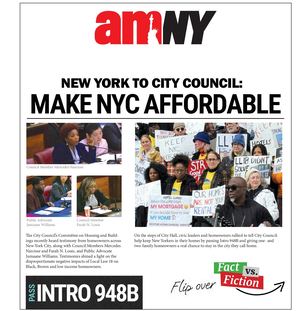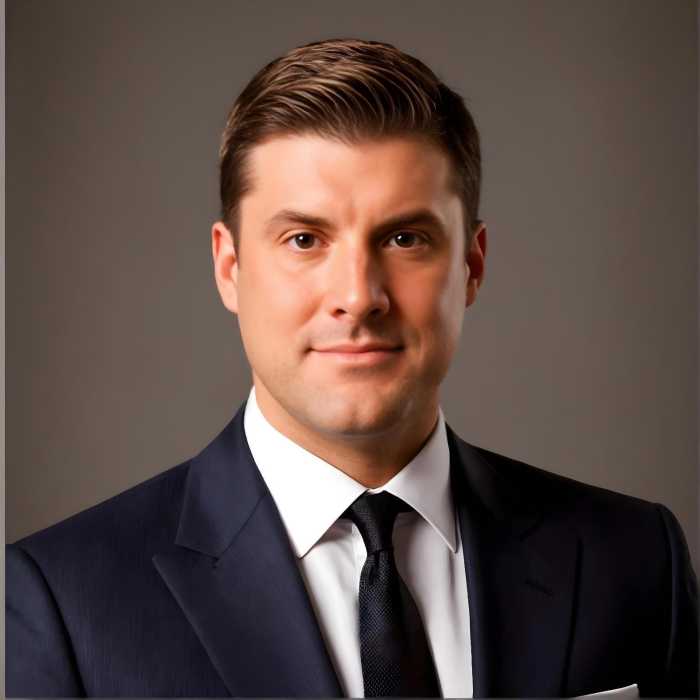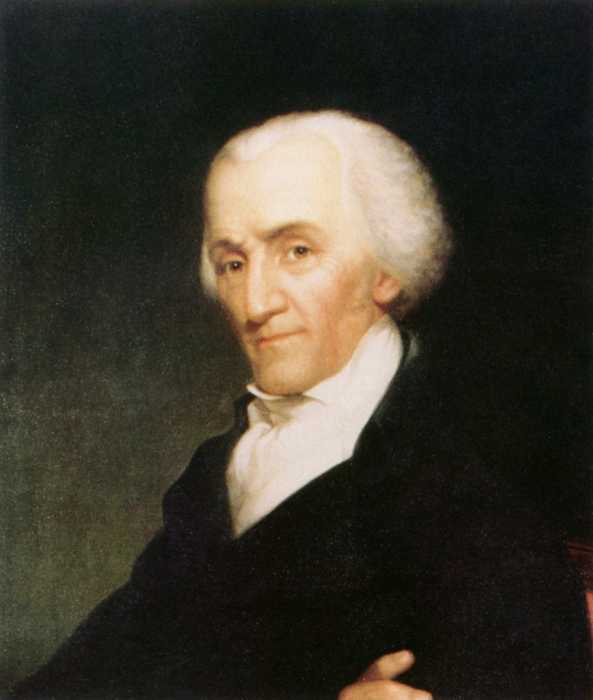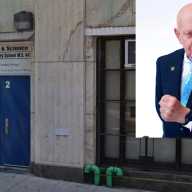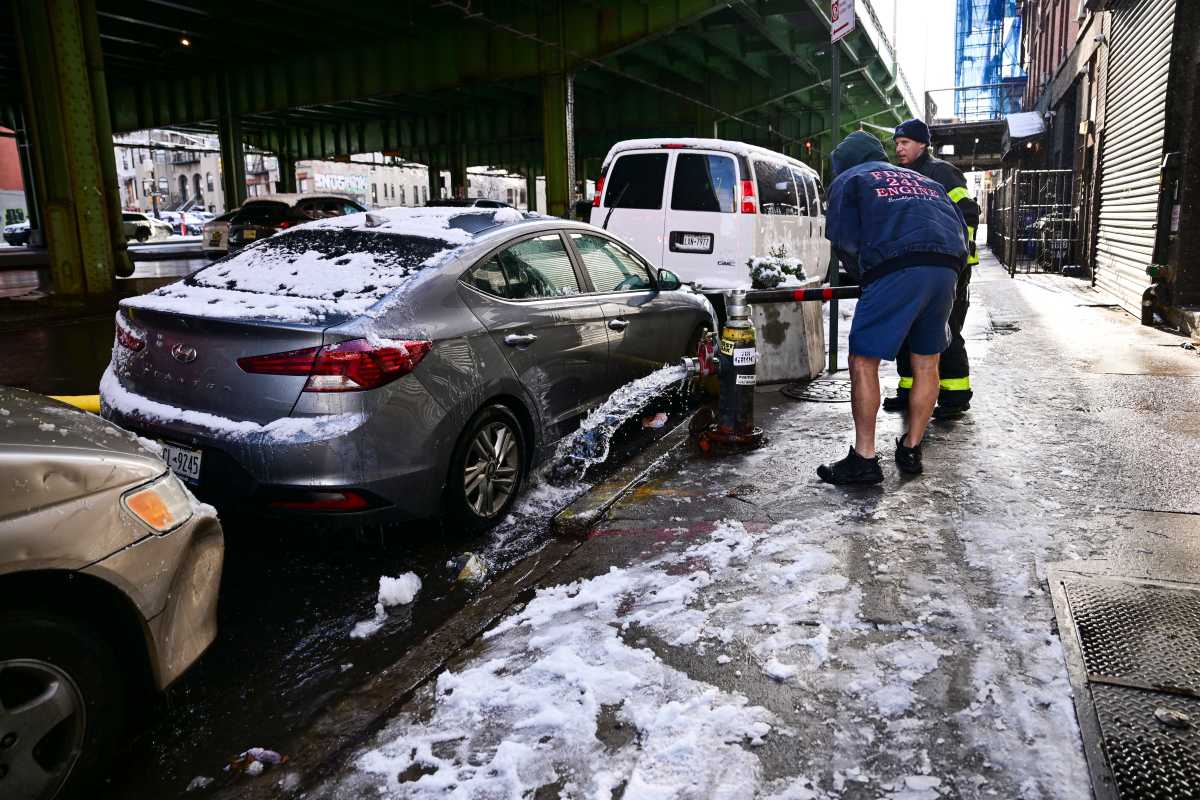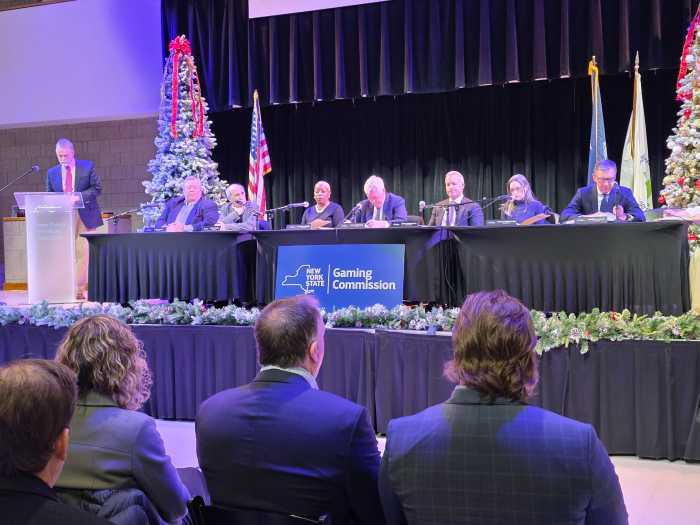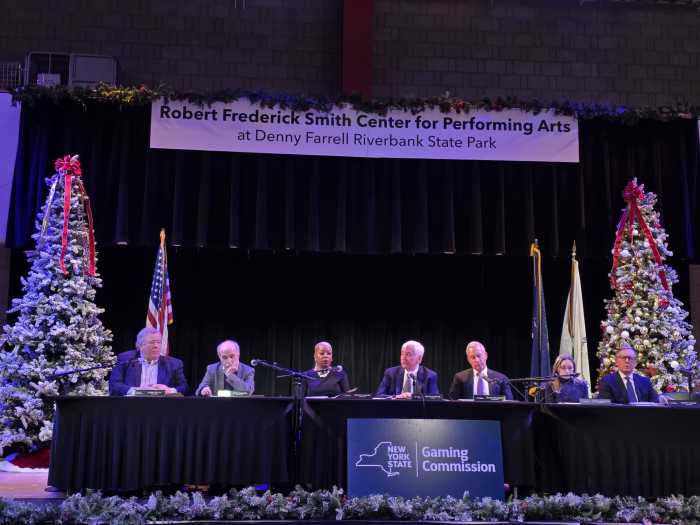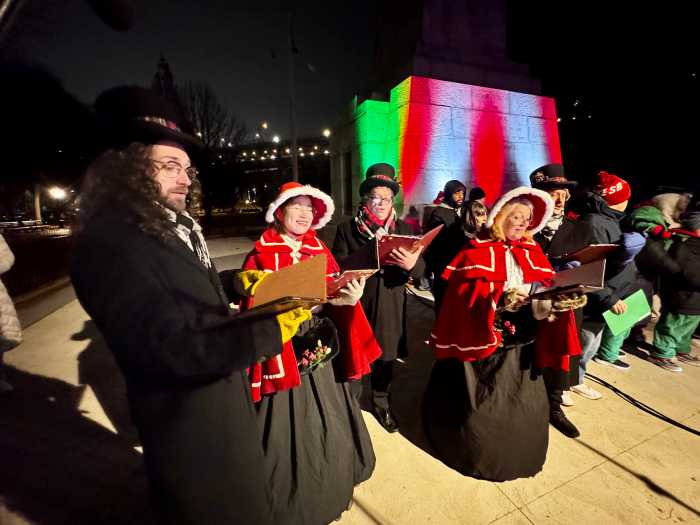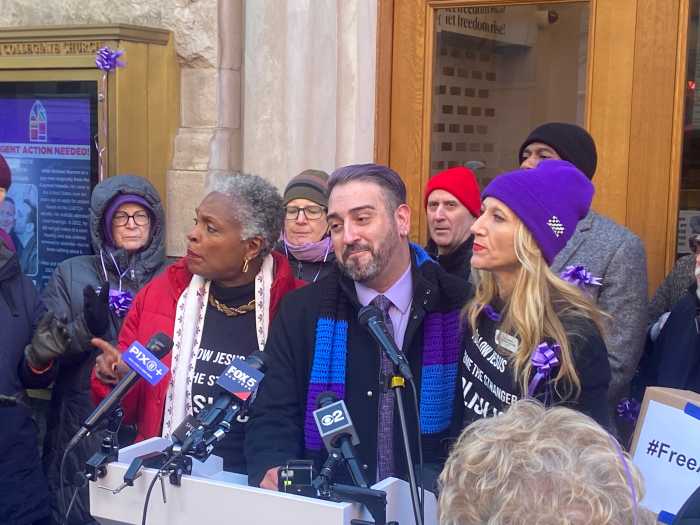The subway gods welcomed New York back to work on a cloudy Monday with the usual signal problems and then some.
Just the MTA riding life as usual.
Except the gods do not control the subway system. The state does. Funnily enough, there was a primary last week to choose the Democratic nominee to head the state, Gov. Andrew Cuomo.
Too bad the subway situation made not much more than a blip during the primary. Challenger Cynthia Nixon released a swanky video but did not succeed in moving Cuomo to take much new responsibility for the subway system. And Cuomo parried away the issue: in the lone debate of the primary, he talked about wanting the city to cough up more subway funding. And he reiterated his support for congestion pricing, the fundraising scheme he did not succeed in jamming through the State Legislature last session. He did not own the issue, treating the MTA as mostly handled ever since he declared a subway emergency last year and anointed new transit chief Andy Byford.
It might be disappointing, but it’s also not surprising. Cuomo won his primary in a landslide — no need to go for broke with big new promises.
That leaves riders with the subways as usual. Despite being more than a year into Cuomo’s emergency declaration, gains can be hard to see. Or, as City Council Speaker Corey Johnson put it Monday, after what he called “minor” delays: “It’s like playing the lottery whenever you swipe your MetroCard.”
Take last month. A Riders Alliance analysis found that the MTA reported certain types of delays on every weekday morning in August but one. The advocacy organization looked for delays having to do with signals and infrastructure, issues that politicians could potentially address. So the study didn’t include the usual human problems like someone pulling an emergency break or needing medical assistance — what Alliance spokesman Danny Pearlstein calls “just New York being New York.”
That’s just one way of shedding some light on the state of the subways: low-key mediocre service on one line or another punctuated by you being really late for work one day because the Q is running on the F line.
The MTA would like to assure you that it is on the case, that the system has stabilized. Beyond $836 million in short fixes, Byford released a much-praised long-term Fast Forward plan in the spring, which charts out a revamp of the decades-past-its-prime signal system and more. He’s just in search of the tens of billions of dollars likely needed to pay for it.
Can riders count on Cuomo to use his political know-how to actually get it done? He’s not through to re-election yet. The victorious primary winner now faces Republican Dutchess County Executive Marc Molinaro in November’s general election.
Molinaro hasn’t been getting much attention, but in August he released his own 30-page plan to fix the MTA. It’s more extensive than Nixon’s, and it features a clear endorsement of Byford’s plan and an urgent focus on reducing construction costs. He even notes the importance of expanding into “subway deserts” once the current crisis is addressed.
Faced with these reasonable points, will Cuomo be coaxed to more commitments below ground as he campaigns for your vote — or will he stay up on transit Mount Olympus?
